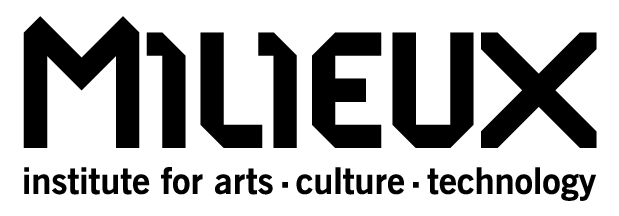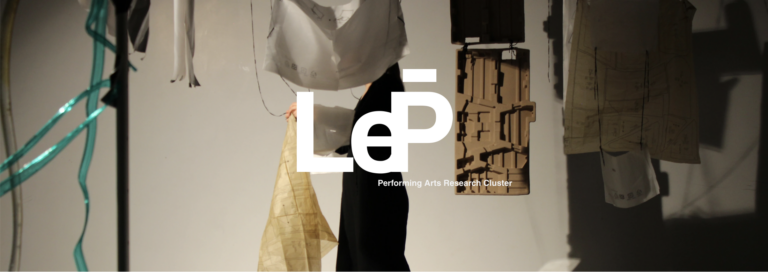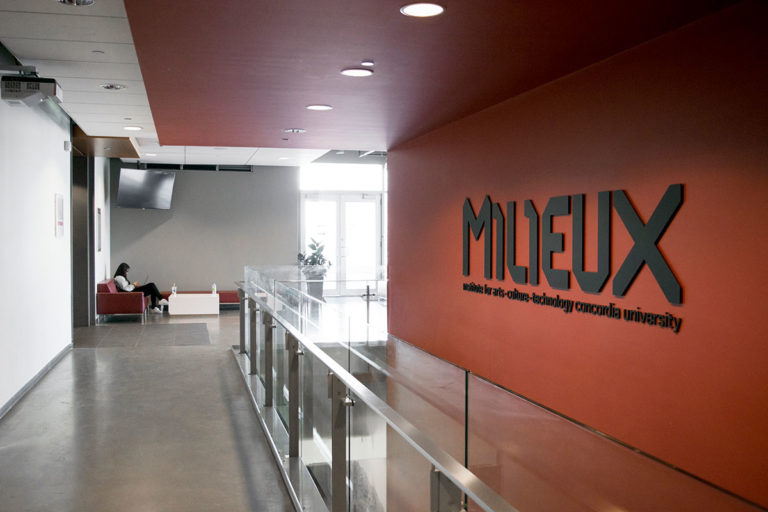By: Matthew Raymond, electro-acoustic musician and MA candidate in Philosophy at Concordia University. His research explores the history of metaphysics, temporality, and the contemporary resonances of ancient spiritual practice.
Working at the intersection of contemporary AI, material practice and Lakhota ontology, Devin Ronneberg and Suzanne Kite produce complex sculptural environments that embody their ethical commitments.
I had the opportunity to discuss their collaborative relationship, aviation and the centrality of spiritual listening to their practice. Check out the documentation of the piece which they are presenting at ISEA 2020 and dive deeper into the spiritual background of their work with this interview that Suzanne did with her grandfather.
Matthew: How did you come into a collaborative relationship? What makes it work?
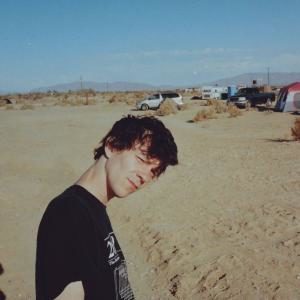 Devin: Oh, we’ve been collaborating as a couple for almost seven years. We’ve had a really good opportunity to understand where we are both coming from, and develop those ideas together. We are constantly in dialogue, keeping each other up to date, and that allows me to think about how I’m going to incorporate those things into the physical work.
Devin: Oh, we’ve been collaborating as a couple for almost seven years. We’ve had a really good opportunity to understand where we are both coming from, and develop those ideas together. We are constantly in dialogue, keeping each other up to date, and that allows me to think about how I’m going to incorporate those things into the physical work.
M: How did you meet? Tell me a bit about your creative backgrounds.
D: We met at CalArts, while we were doing our undergrad. I was doing music technology and Suzanne was doing composition. So, my program was focused around interface building, and production, and through that I learned a lot about programming, making weird machine-like things, and interfaces to be interacted with. A lot of the circuit design, the use of sensors and the computing stuff we developed for the piece is all based on stuff I learned at CalArts.
After CalArts, I was working in Raphel Saadiq’s recording studio as an assistant for a couple years, and I was just totally depressed about the fact that I was making music for somebody else 10 hours a day. I grew up in the aviation community, and my dad designed this airplane called the Berkut, which was a homebuilt kit airplane that he sold throughout the 90s and early 2000s. At some point, my dad could tell I was unhappy doing the studio thing, and he asked me if I wanted to build an airplane. And I thought about it for a little while, and just went for it. I learned a lot about making things from that apprenticeship with my dad, and all of that has been shoved into the art-making, working with composites, fiberglass, resins, all sorts of things.
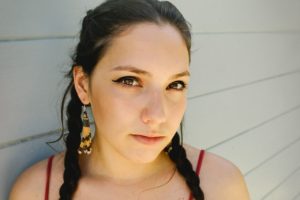 Suzanne: The material practice of building aerospace objects is very much included in my sculptural work, which is why it’s all in collaboration, or being facilitated or fabricated by Devin. Carbon fiber and fiberglass are really interesting materials, and because of Devin’s skill level with those materials we can do really unconventional things with form.
Suzanne: The material practice of building aerospace objects is very much included in my sculptural work, which is why it’s all in collaboration, or being facilitated or fabricated by Devin. Carbon fiber and fiberglass are really interesting materials, and because of Devin’s skill level with those materials we can do really unconventional things with form.
M: Suzanne, you work with a real diversity of mediums and approaches. Do these serve different creative impulses for you? Or is there a unifying theme that ties together these practices?
A:When I was moving into being an artist, and not just being a musician or composer (which is a very different world), I saw that “capital A” artists could really be anything they wanted to be or deal with any subject they wanted to deal with. I wanted access to that freedom too, but I felt like I had to earn my place. Thankfully, research is cool right now in art, and is an acceptable form of entering into practice.
Once I allowed myself to make whatever I wanted to make, in whatever medium I wanted to make it, it really opened doors for me. Where I center my knowledge-making is through listening, which is at the root of what I understand of the Lakota way. That allows all mediums to be accessible. That’s what’s so interesting about the process we’ve gone through with this sculpture, in that it is an exercise in allowing ourselves to try and make something “good”, and then hitting the limits of “good” or “ethical”.
M: Let’s dive deeper into your sculpture Inyan Iye. What do you mean when you mention hitting the limits of the good? How do you envision that being embodied in the sculpture?
Ínyan Iyé (Telling Rock), Kite and Devin Ronneberg, 2019 from KITE on Vimeo.
D: We were trying to engage with the materiality of our sculpture firsthand, as much as we could. That is where your first limits are imposed. We could make braids by hand, I could make all the circuitry by hand and make the software myself, so that all these things were understood and interacting with each other. But at a certain point you reach things you can’t interact with. We can’t build computers because we don’t have access to things like harvesting and refining minerals.
So, it’s a big open-ended question about, what does it mean to engage ethically with a system? Within the limits we could, financially and timewise, we did everything we could to have a direct connection with the machine itself—an attempt to treat it as an equal as much as possible, with as much respect and trust as possible.
S: I worked on the Indigenous Protocols in Artificial Intelligence position paper. And in that, I am trying to distil exactly that question: what protocols are necessary to make something ethically? At first, the question was concerned with AI but it becomes clear that AI is not necessarily a real thing, as it’s very difficult to really call it “intelligence”, because the idea of intelligence is very much subjective.
However, there are processes, which Lakhota culture can model, to transform values, contexts, cosmologies and lived realities into ethical ends.
And so, with this piece, it’s starting to try to do that, and it begins by even asking the question, “Can this be done ethically?”
The answer is, “Probably not.” But to even attempt to think about it, and to limit ourselves as much as possible, is a place to begin. One thing we could successfully do was a welcoming ceremony, which we did with my cousin Corey Stover, in a way that helped us explore questions of animacy. Devin and I sat down with the handmade circuits and did a listening practice where we listened for the songs that ended up attached to this piece, and listened for the names.
D: To boil that down into two little points, we are investigating the ethical implications in two streams. There’s the AI section of the piece, and then there’s the physical embodiment of the piece. In working with the materiality, we were trying to develop a direct relationship with the materials, with the braid, the dome, with the circuity. And then with the AI, we were attempting to create a system that was like a true dialogue, where sensory feedback creates equal engagement between system and participant.
M: In your piece with your grandfather, you write, “To me, Lakȟóta frameworks are not rituals, they are enactments of the ethical processes which define who and what is in relation.” How do you see the relationship between ethics and ontology in Lakhota practice?
S: One way to approach this is in the context of my front-facing, public-facing work, where the question is: How do we make things ethically? How do we make things in a way that makes sense? But at the very other end is ontology, the big overwhelming questions about who gets to be a being. And when I start there, I’m able to work through different pathways and tributaries into the questions of epistemology: how are we making our knowledge? And in the case with the Lakhota, as it happens, it’s actually with whom are we making our knowledge?
I’ve been spending a lot of time researching these two hides, which form star and earth maps that line up with each other. And these are made of beings (bison) that we were in relation to. So, when you are making knowledge out of those things, out of those beings, your way of knowing is always in relation to them. I’ve been really focusing on Leanne Simpson’s book, “As We’ve Always Done”, and in that book she does a really great job talking about individual relationships and responsibility, between yourself and the spirit world, yourself and the community. Those are the ways I try to move my thinking from public to internal.
M: The theme of spiritual listening is a binding thread in the interview with your grandfather. How do you understand this non-sensory listening? How does it help us understand the “good way?”
D: Listening is something I see as this openness, being open enough to be quiet and let things come to you. That’s a really basic way to think about it. That extends to an openness when considering all things, not just what you are hearing or thinking, but things that you are interacting with, engaging with. Through listening to Suzanne’s grandfather, the one thing we constantly come back to is thinking about rocks, because in the Lakhota ontology, some rocks have this life force, this beingness and some rocks don’t, and it’s kind of up in the air, it could be one or the other. So, you have to maintain this openness and this possibility that something else is experiencing its own interiority, that it’s living and experiencing life in some way we can’t understand.
When thinking about the materiality, you see that intelligence comes from this assemblage of materials. A computer is made of all these different minerals that were stolen from the land, broken into pieces and reformatted into a new thing. A computer might be an assemblage of parts that all had some sort of interiority or some sort of desire, or way of living. We don’t want to be in this typical user-machine relationship, where we are constantly subjugating things to us as humans.
M: Having this openness means that you are open to an engagement from these things that we typically, at least in Western societies, as being incapable of conveying information, conveying feelings or intelligence.
S: I think Devin covered a lot of my thoughts on listening. I think there’s a lot more to explore there. I’m very grateful that I’m starting from the perspective of a musician and a composer, and having the opportunity to ask elders questions like “when you compose or invent a song, where does it come from?”. That question is where I’m starting. The mind isn’t the place, maybe the vocal cords, the body. The human body is like a channel, a channeling entity.
The Indigenous Futures Research Centre (IFRC) explores how Indigenous people are imagining the future of their communities. Learn more on their website.
